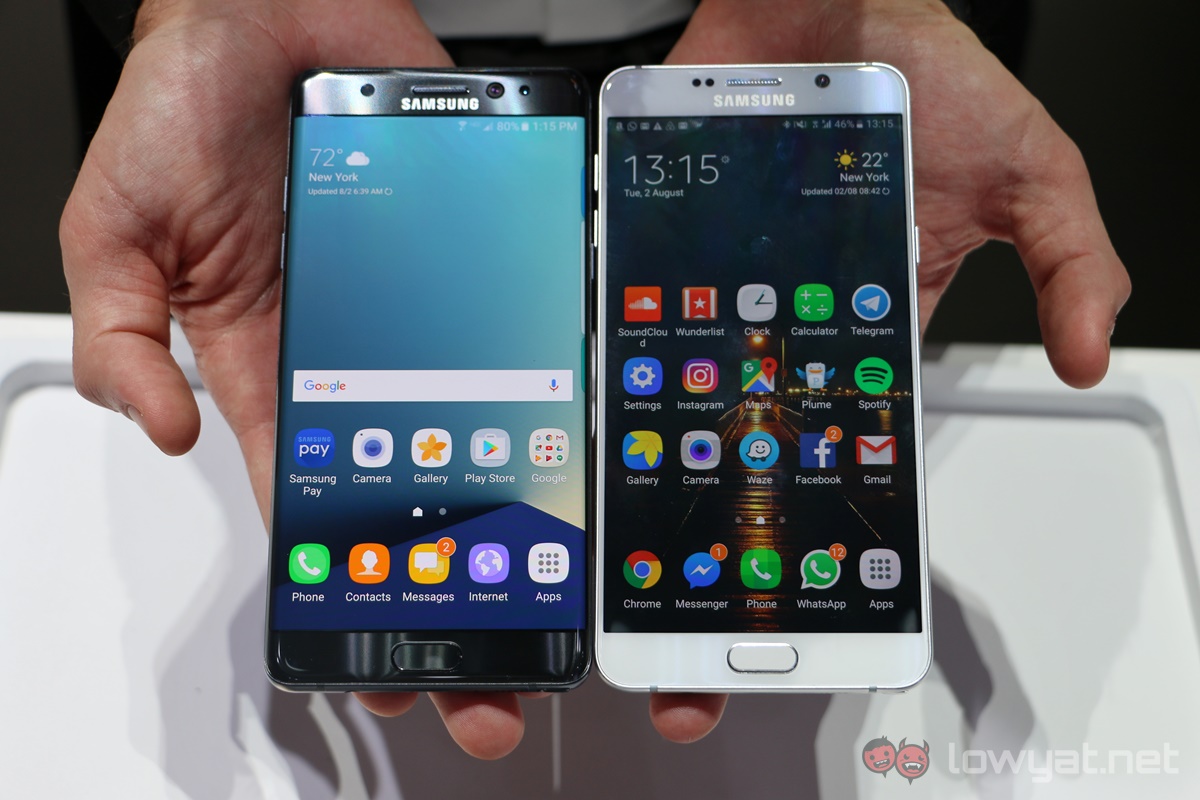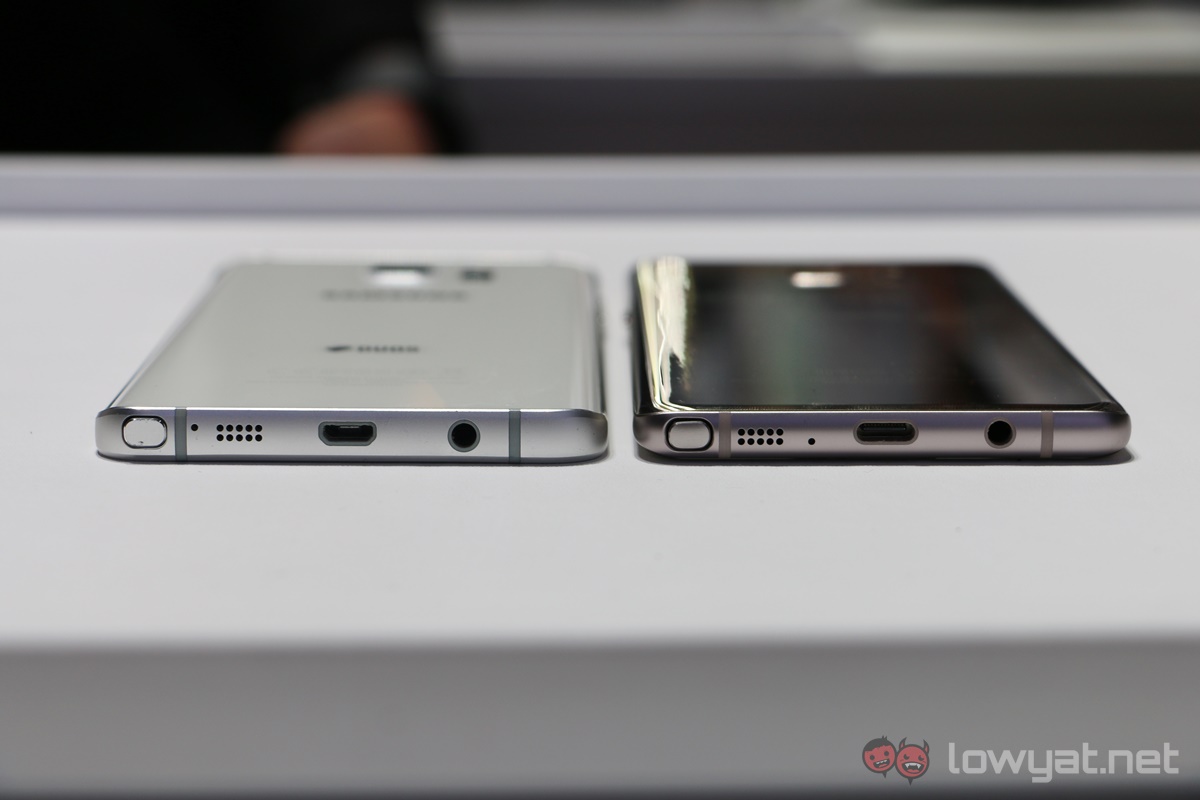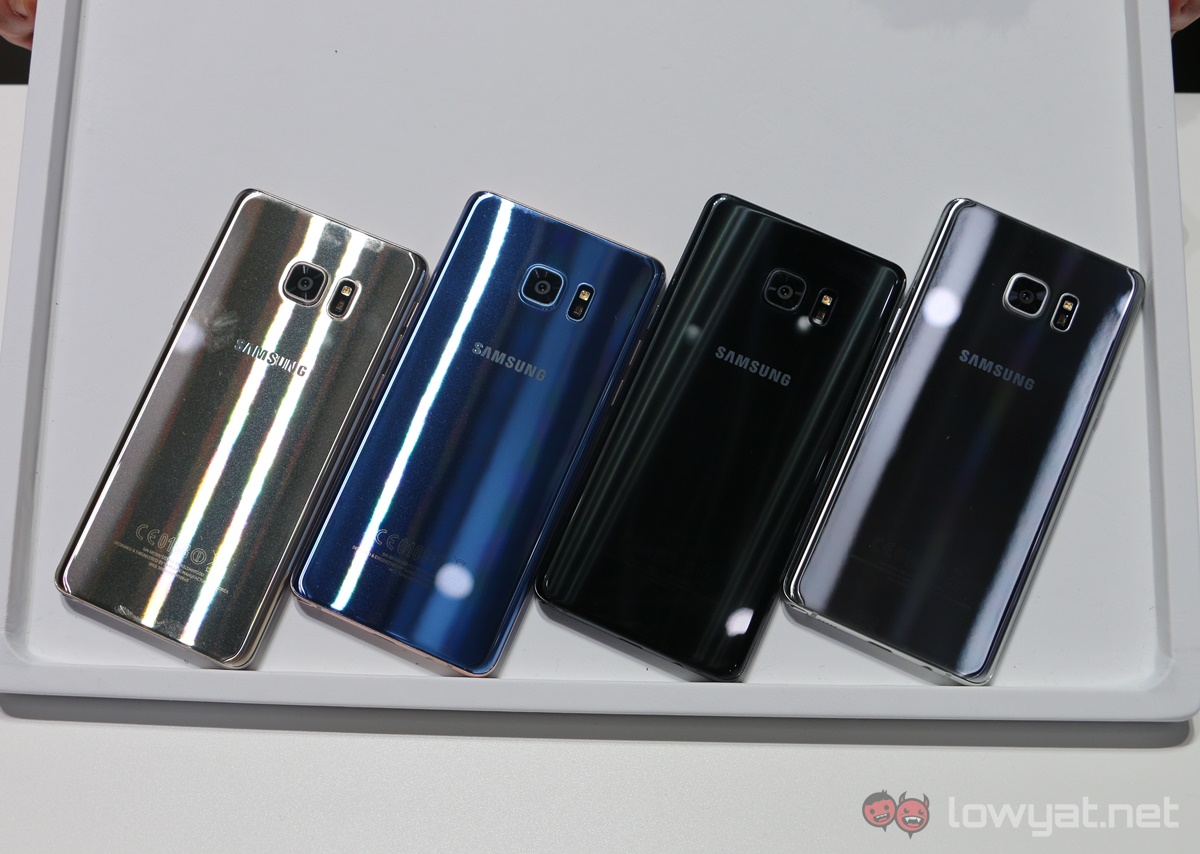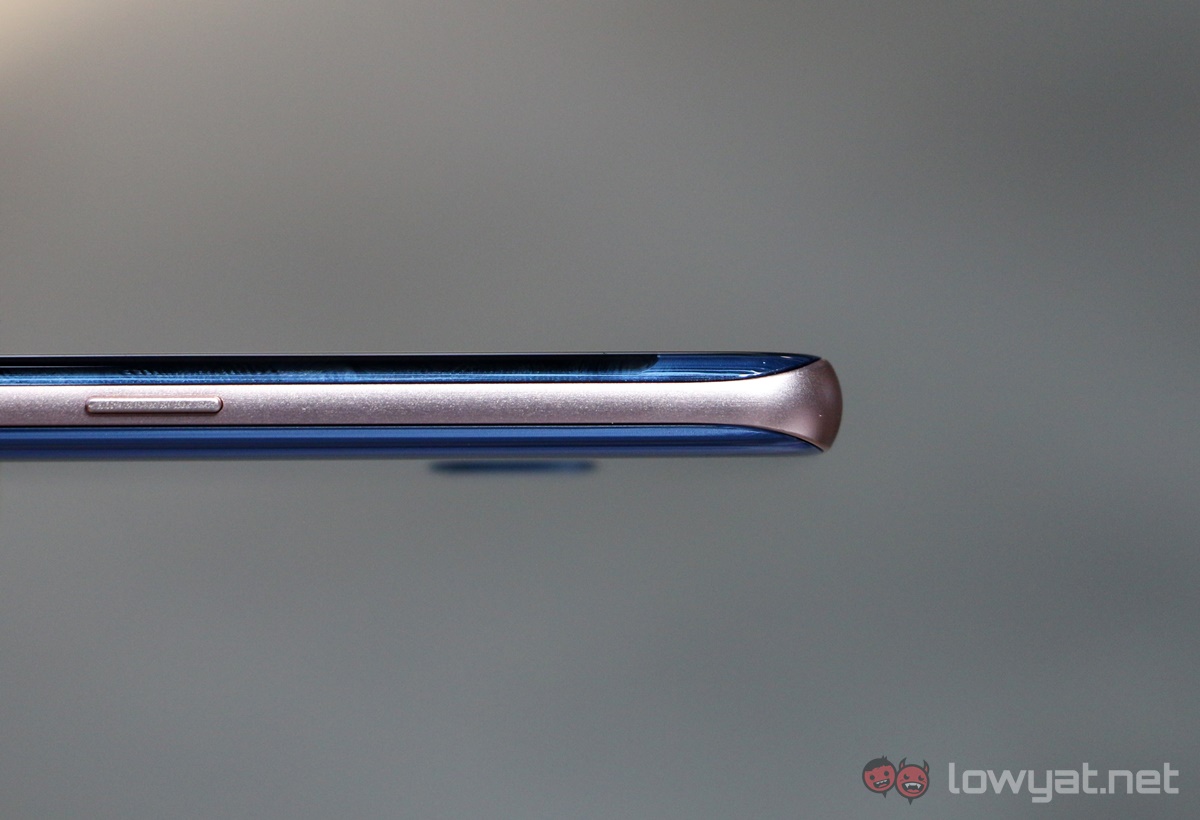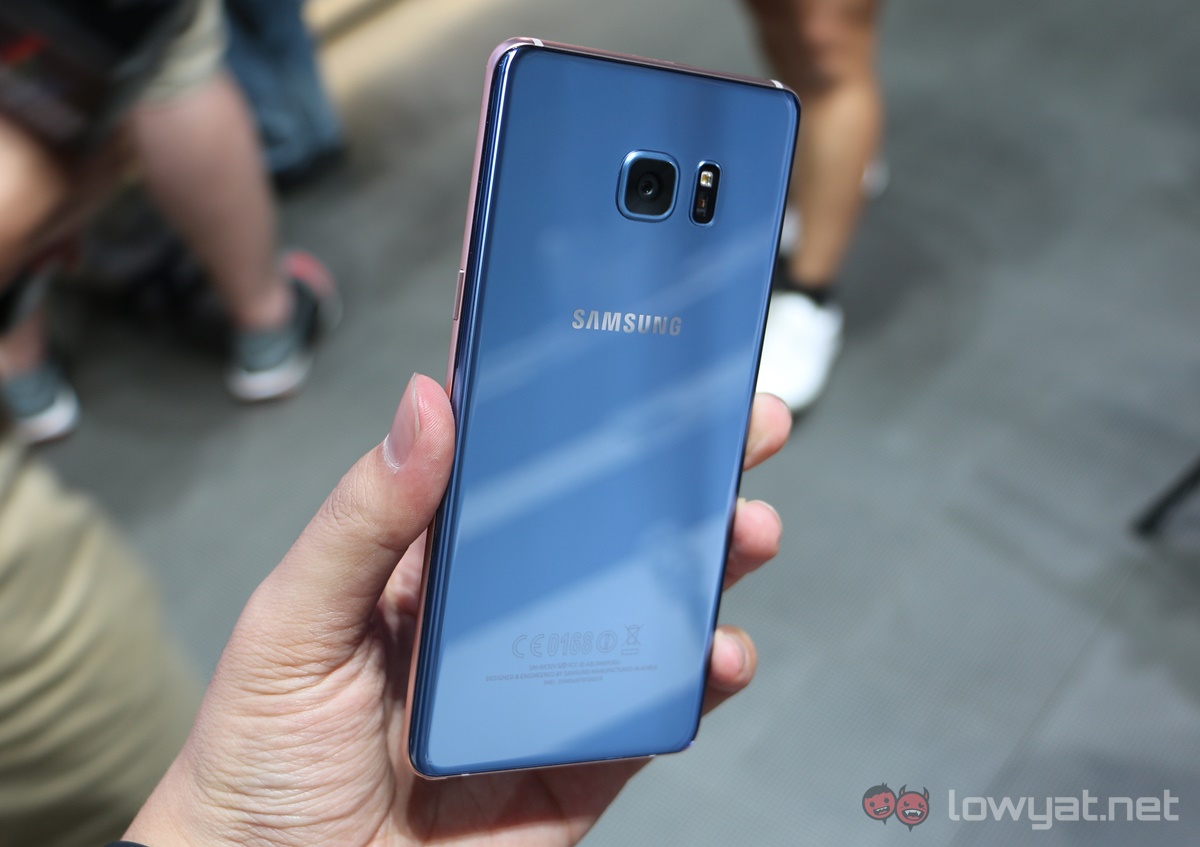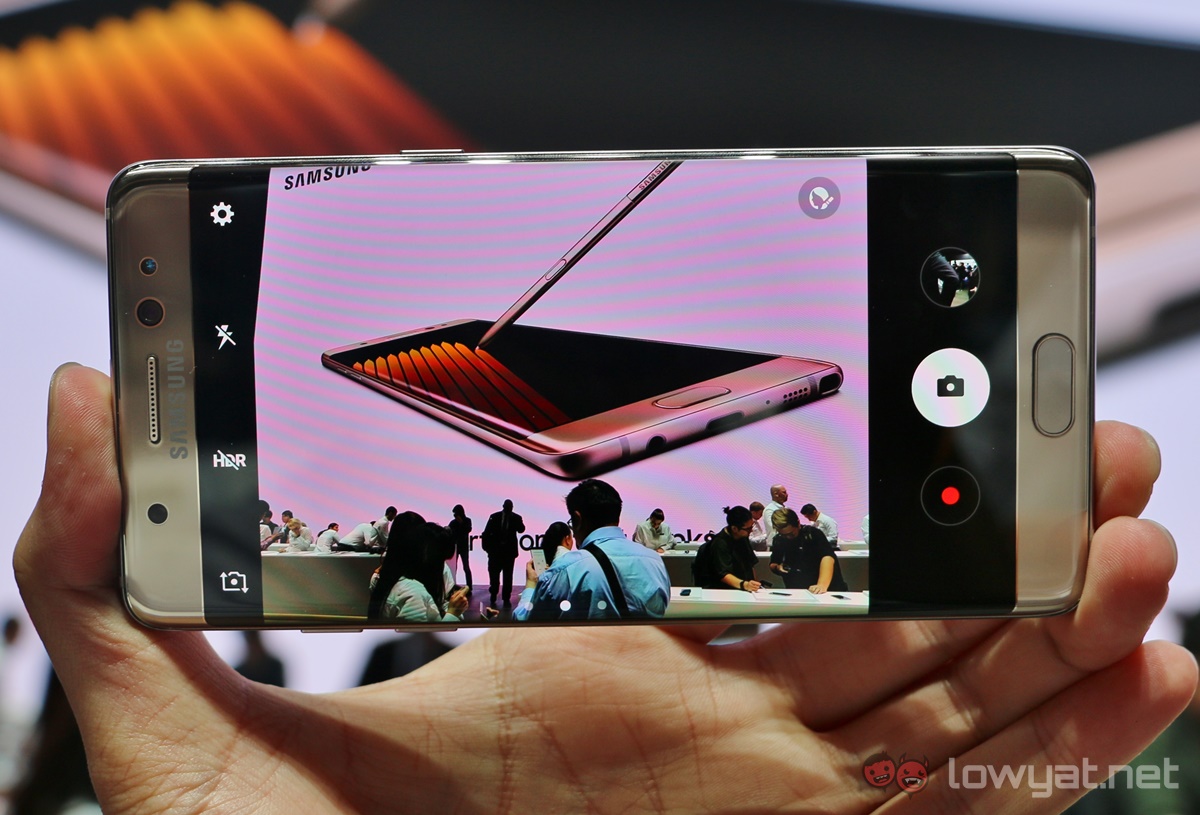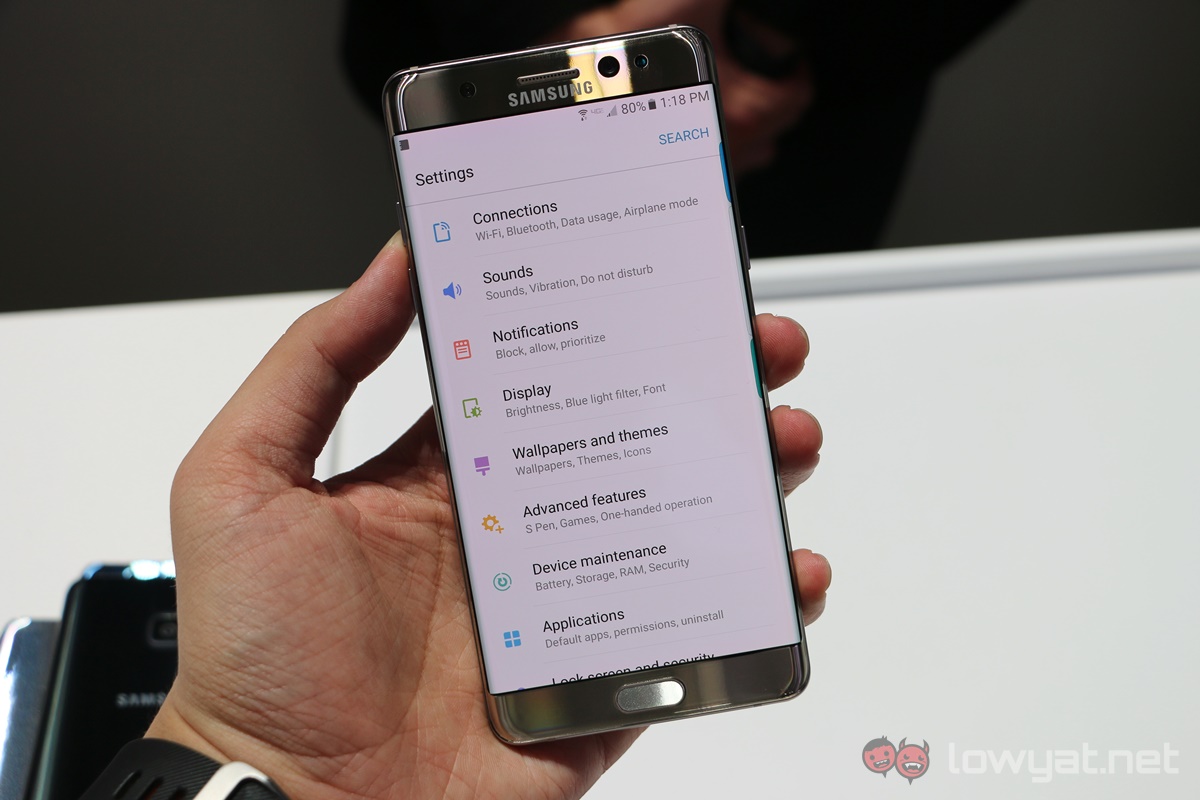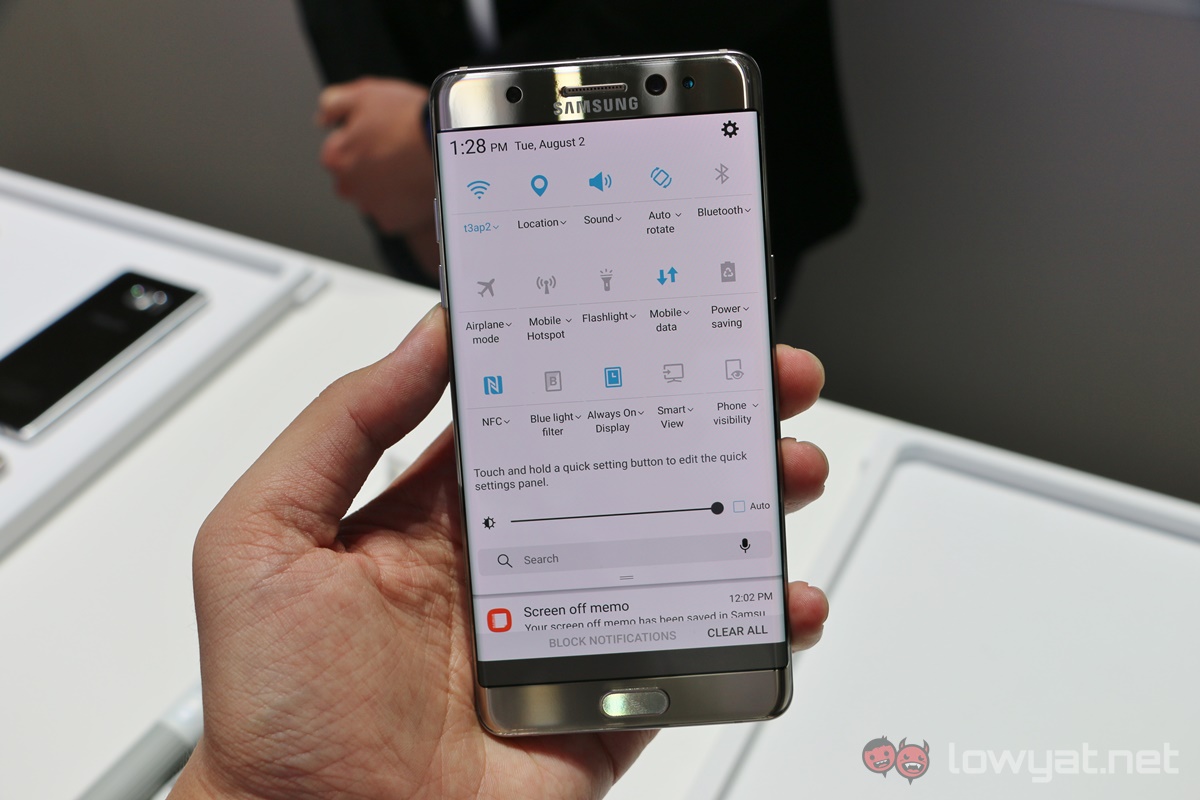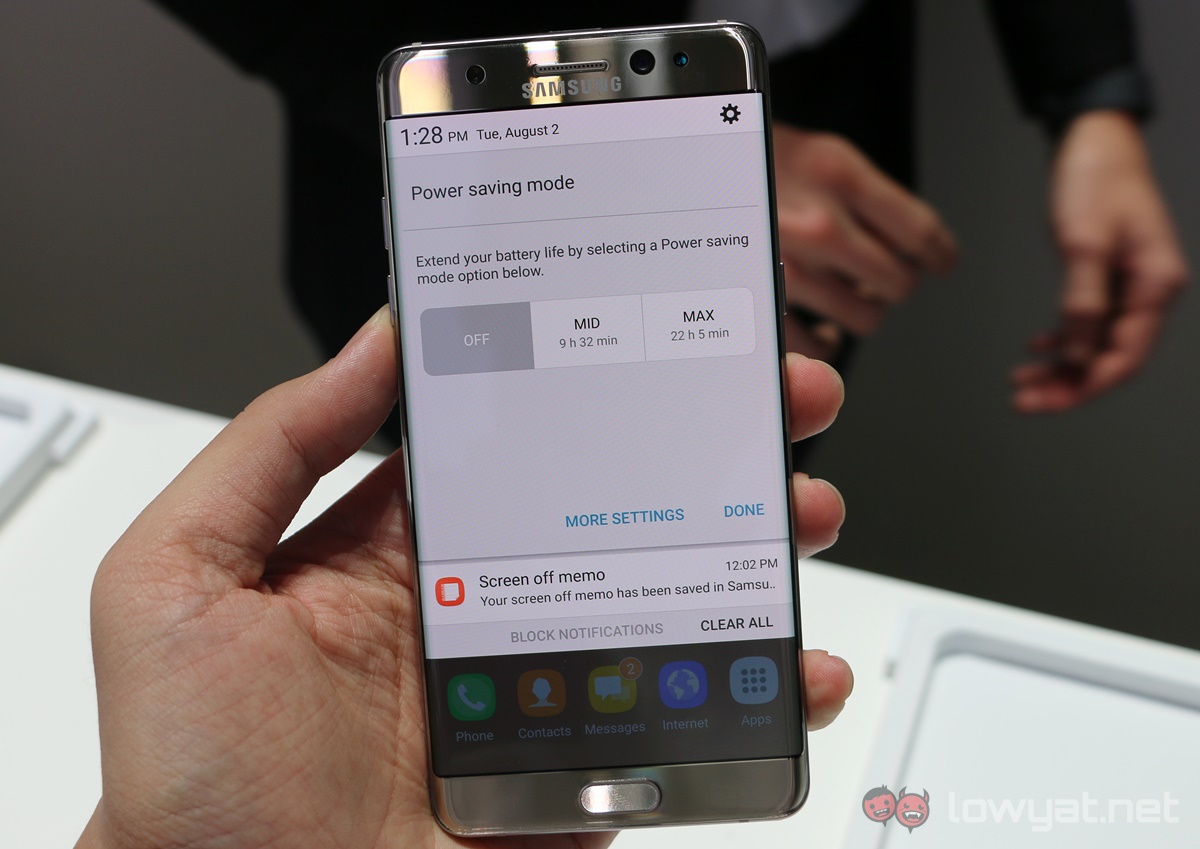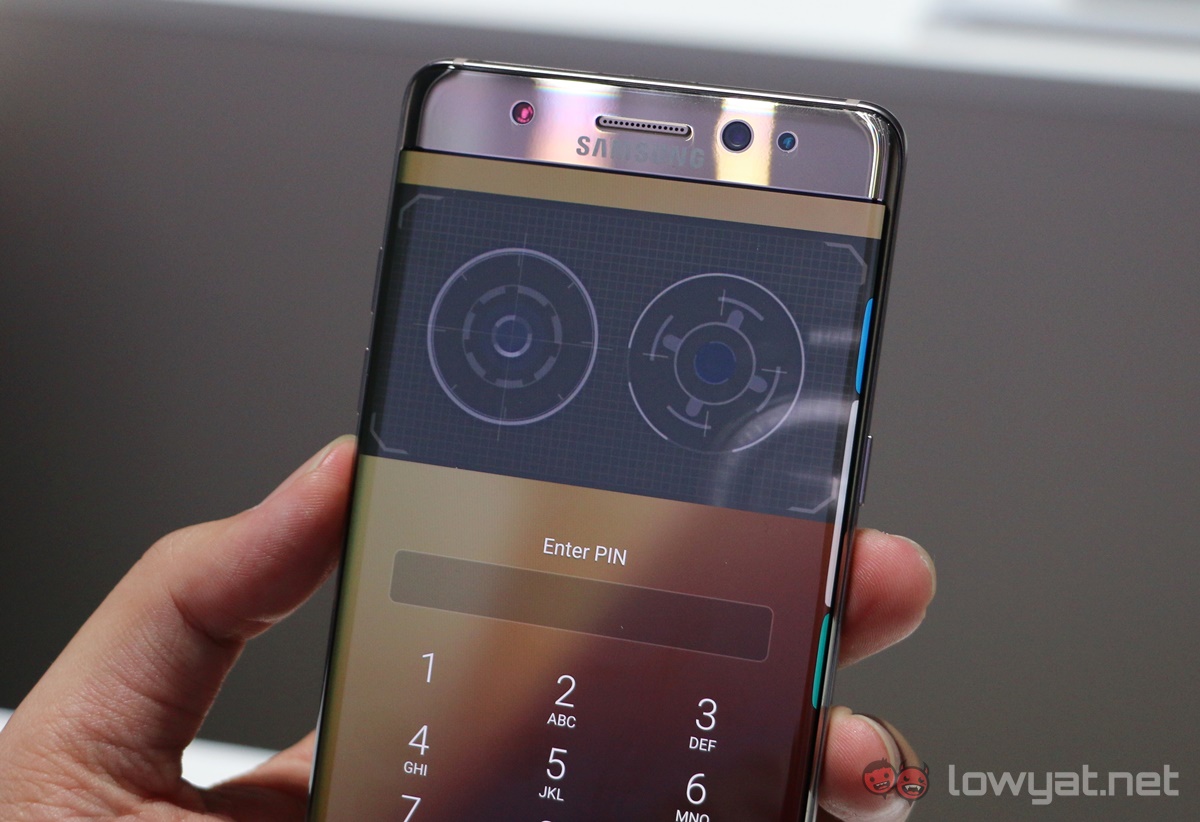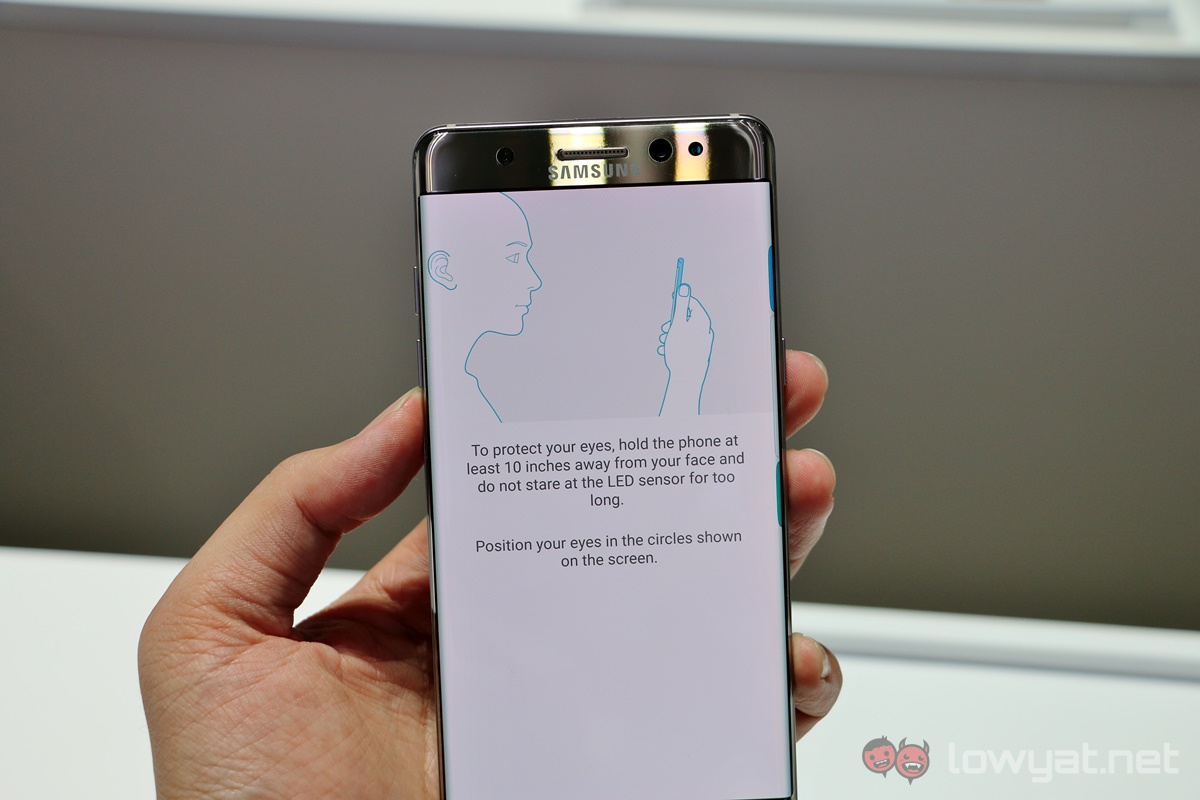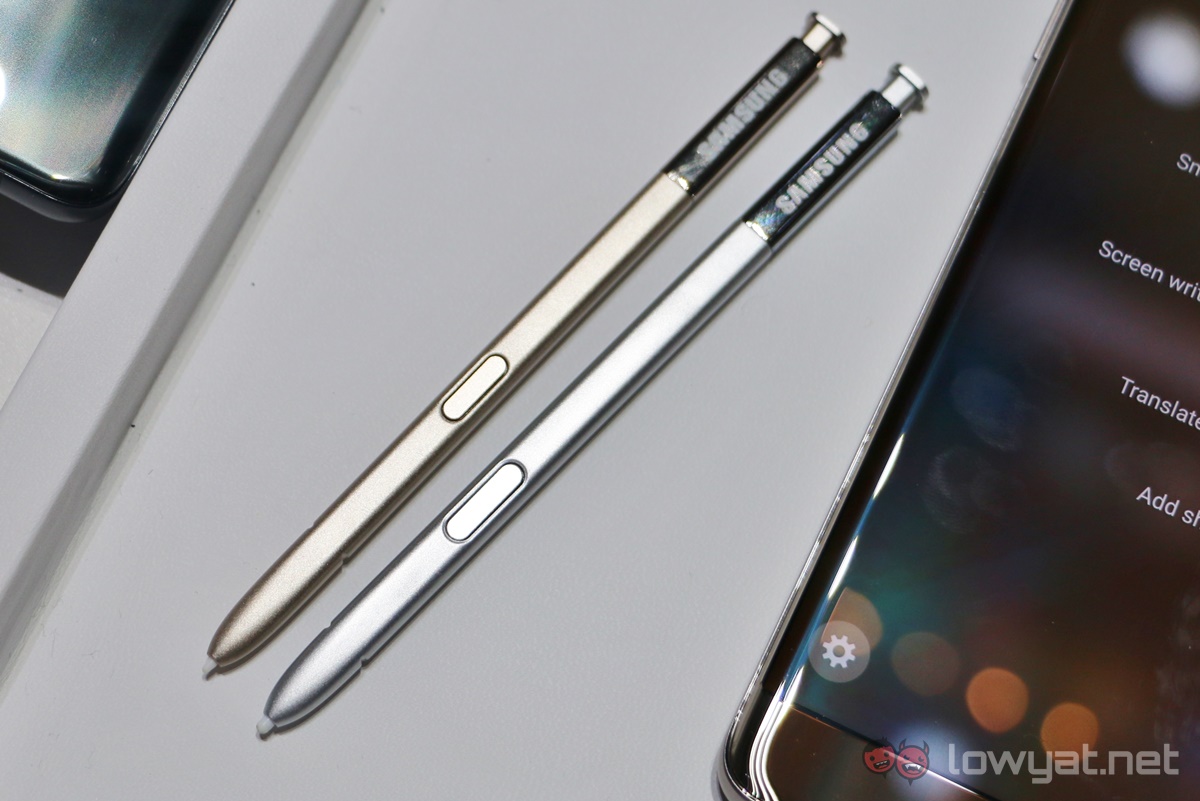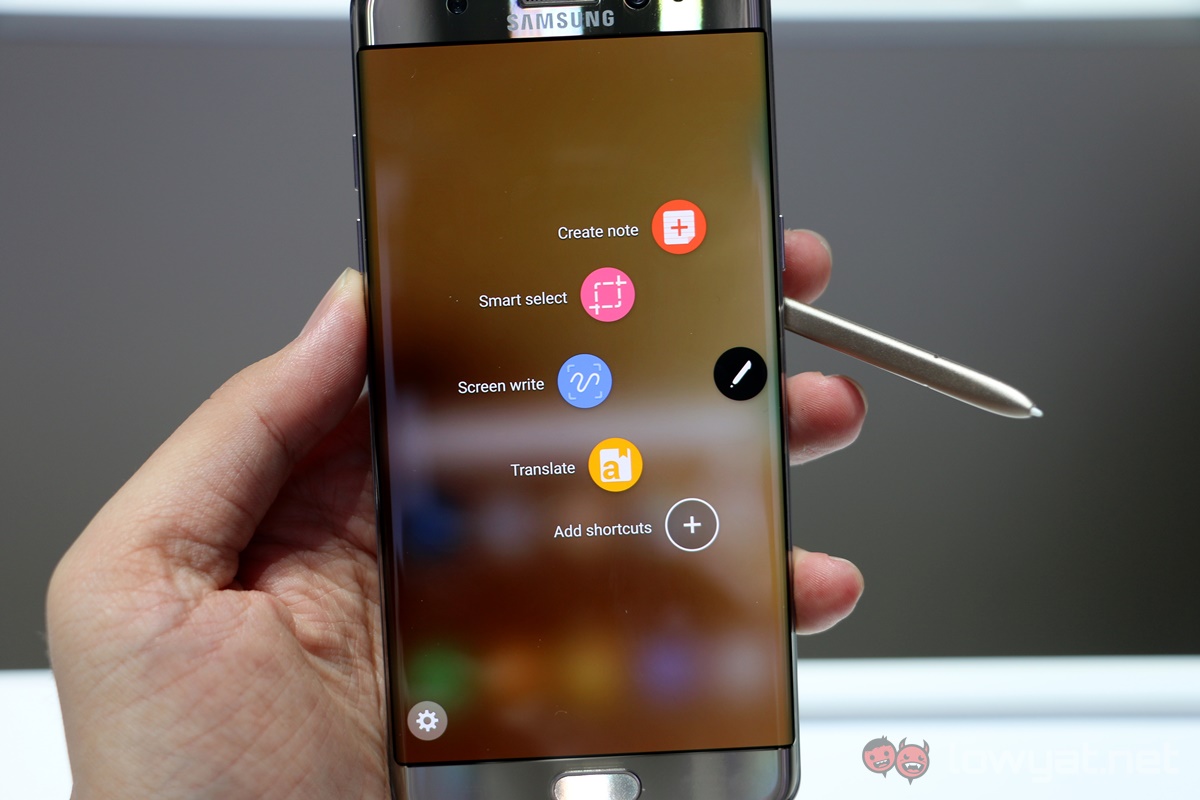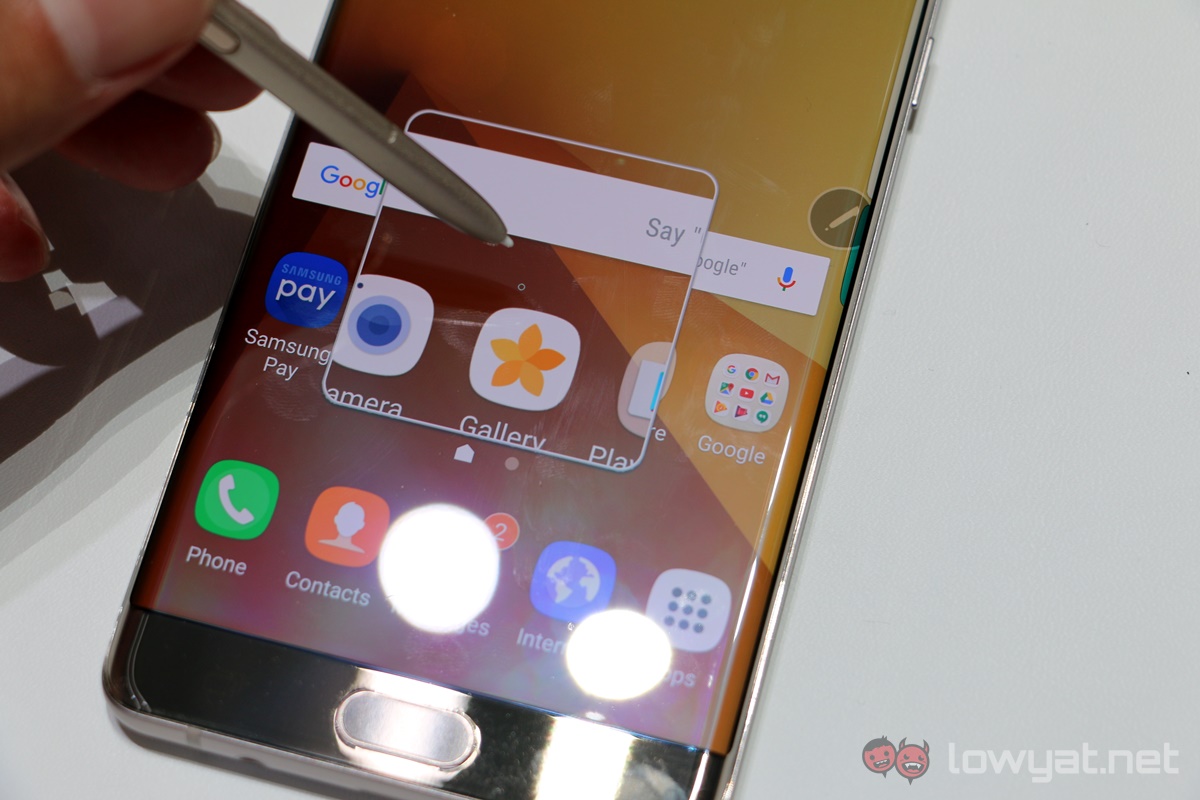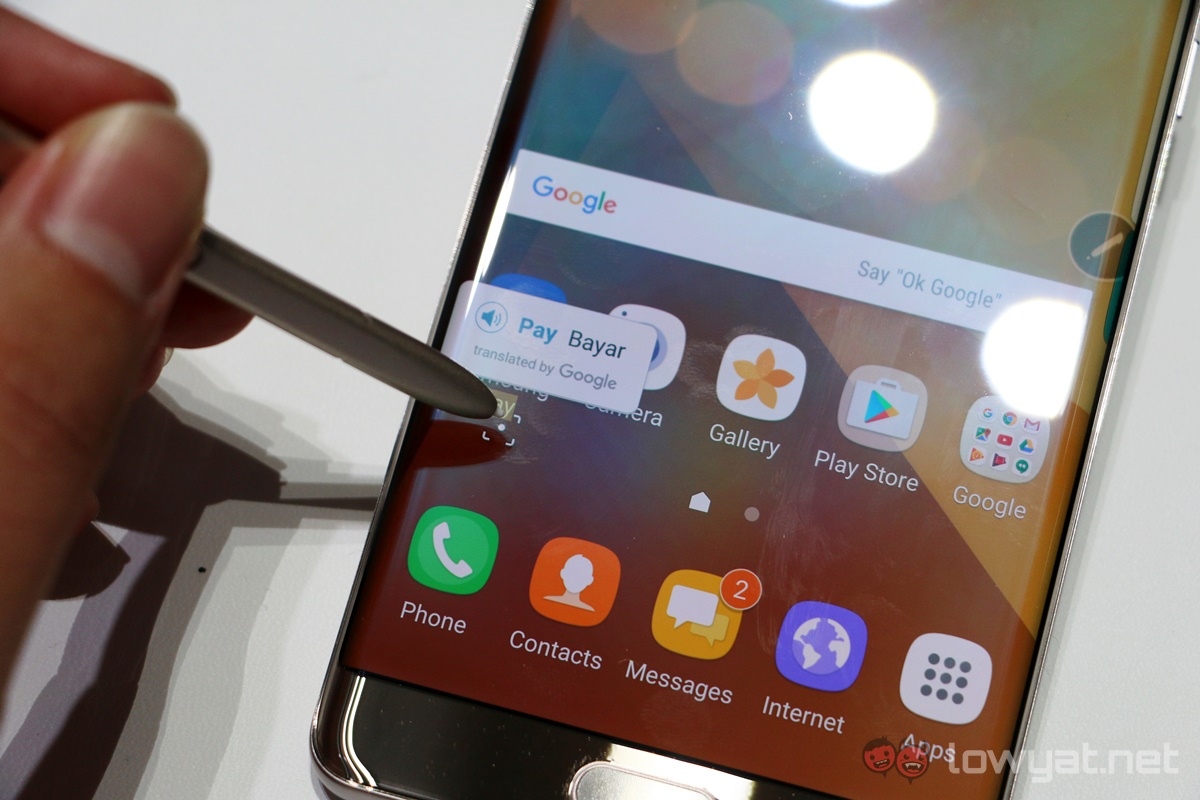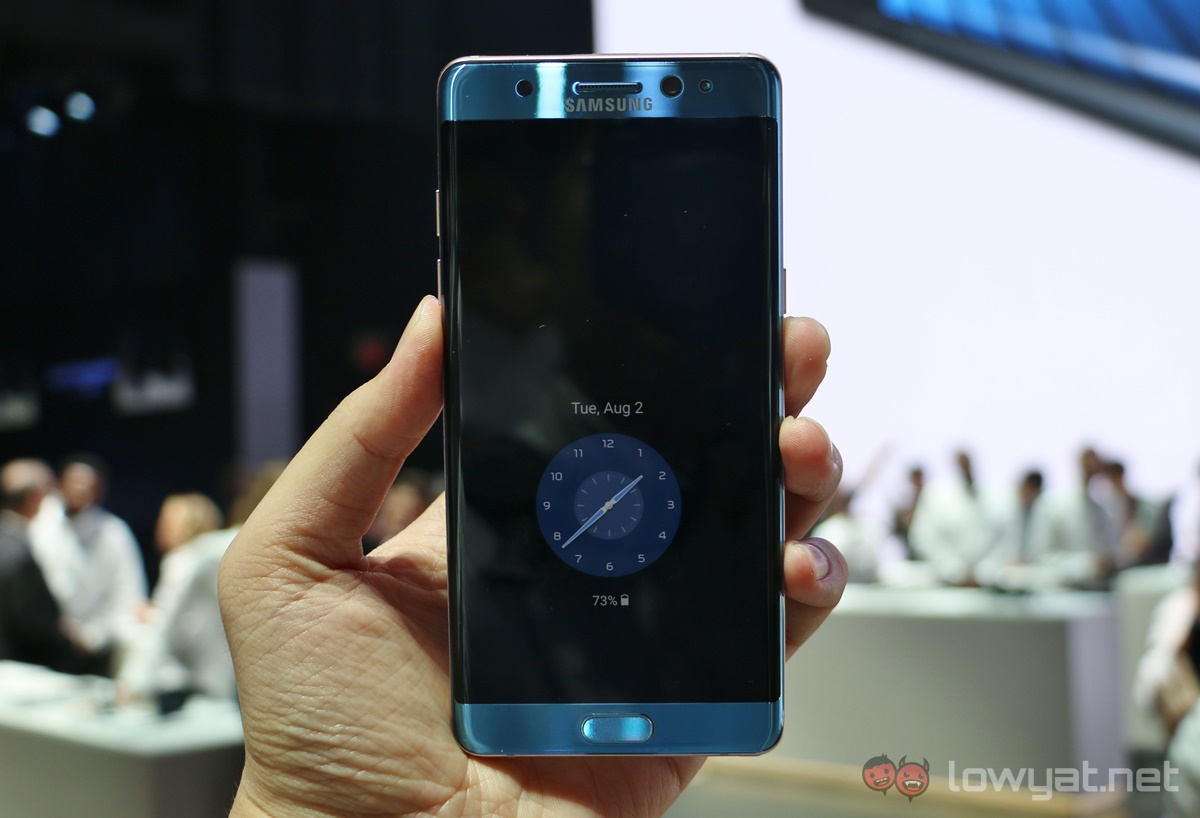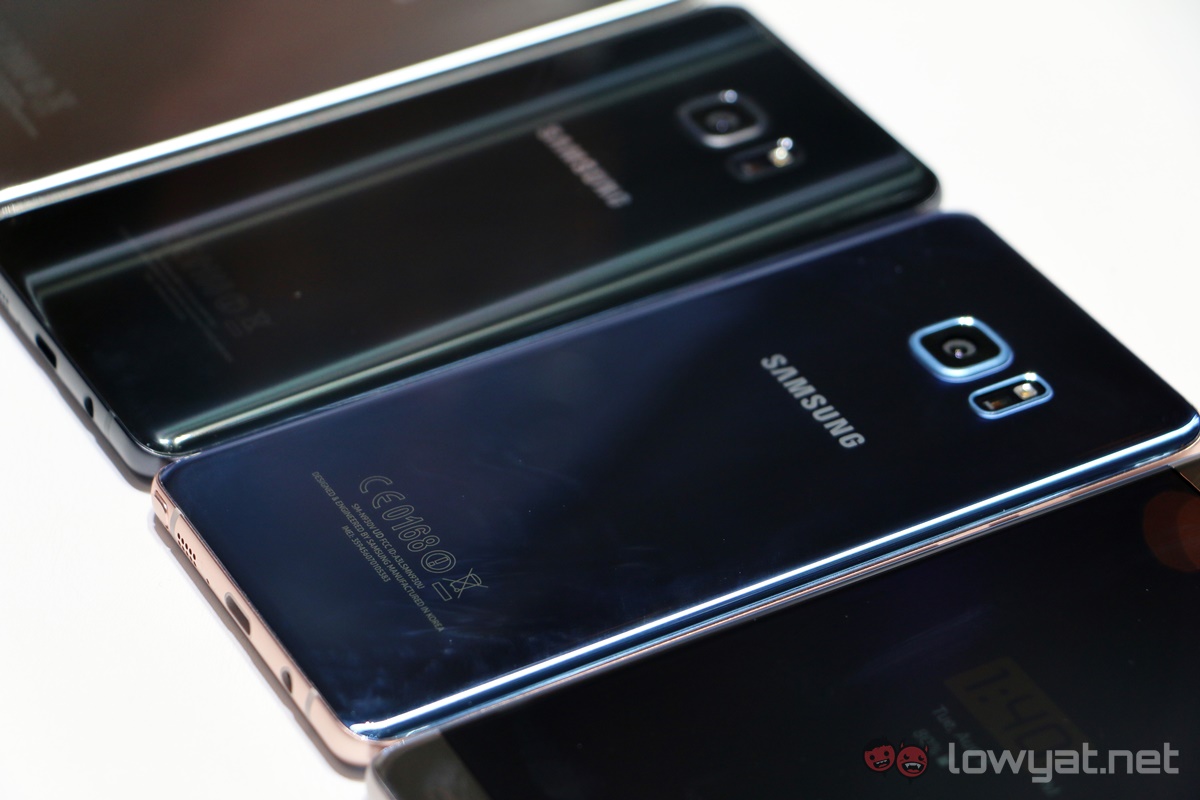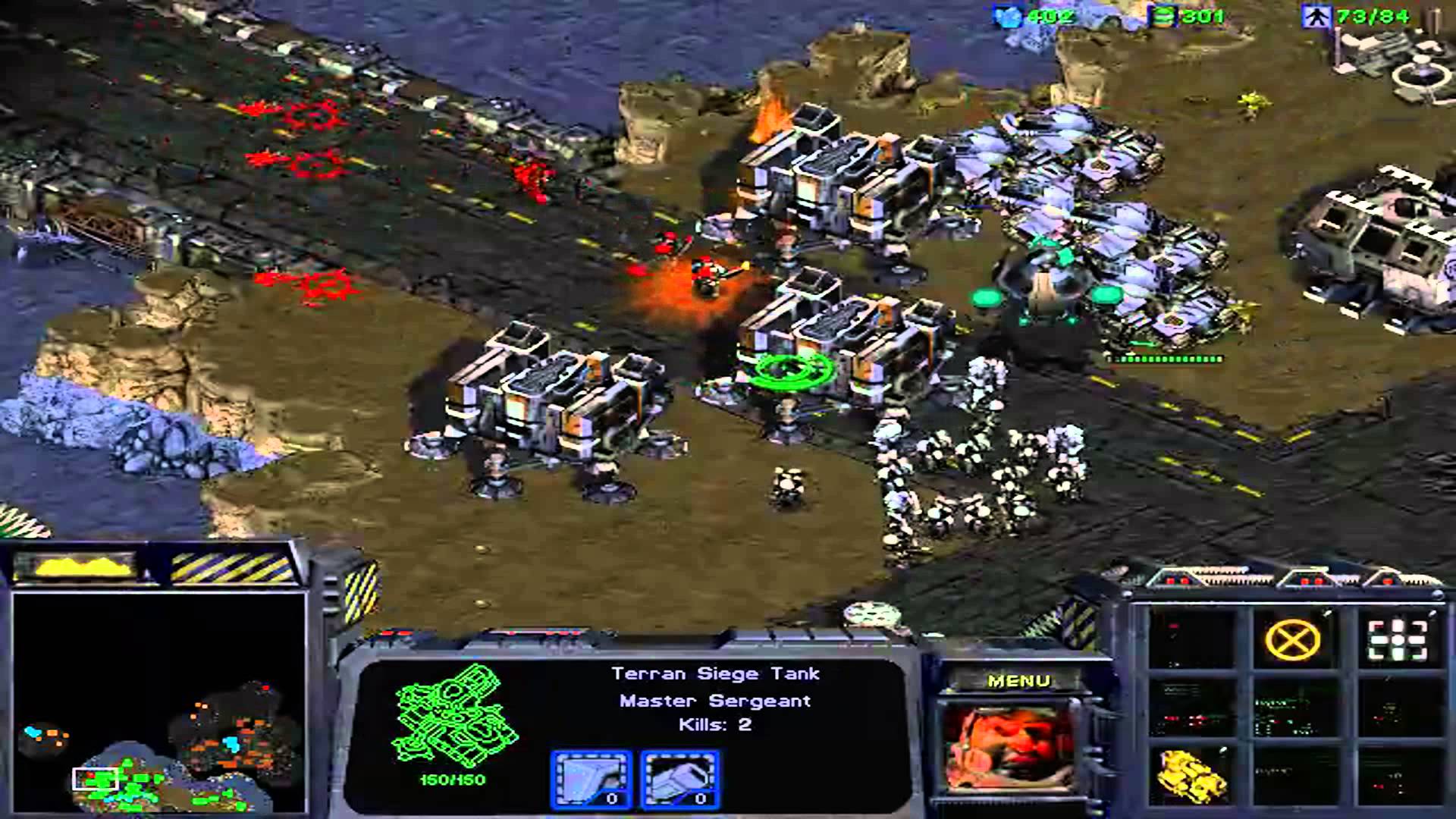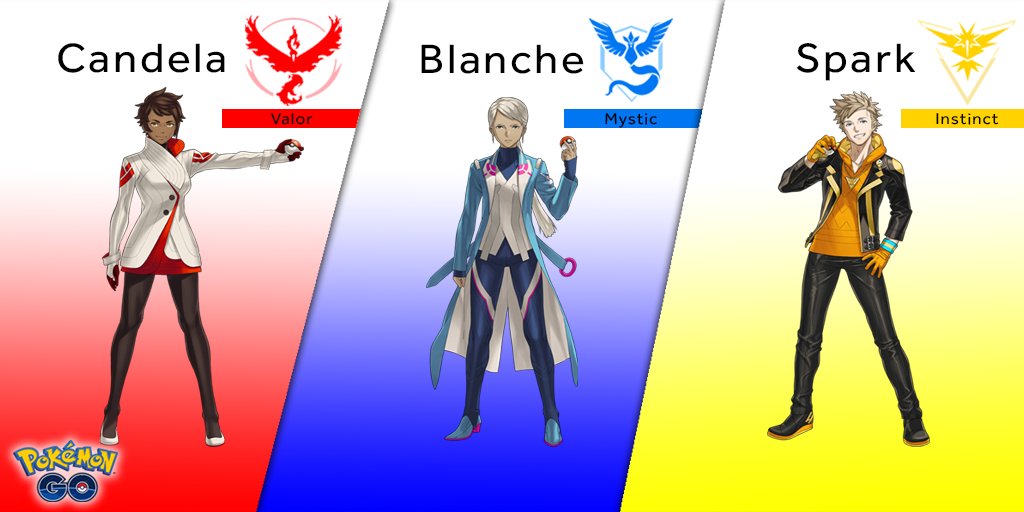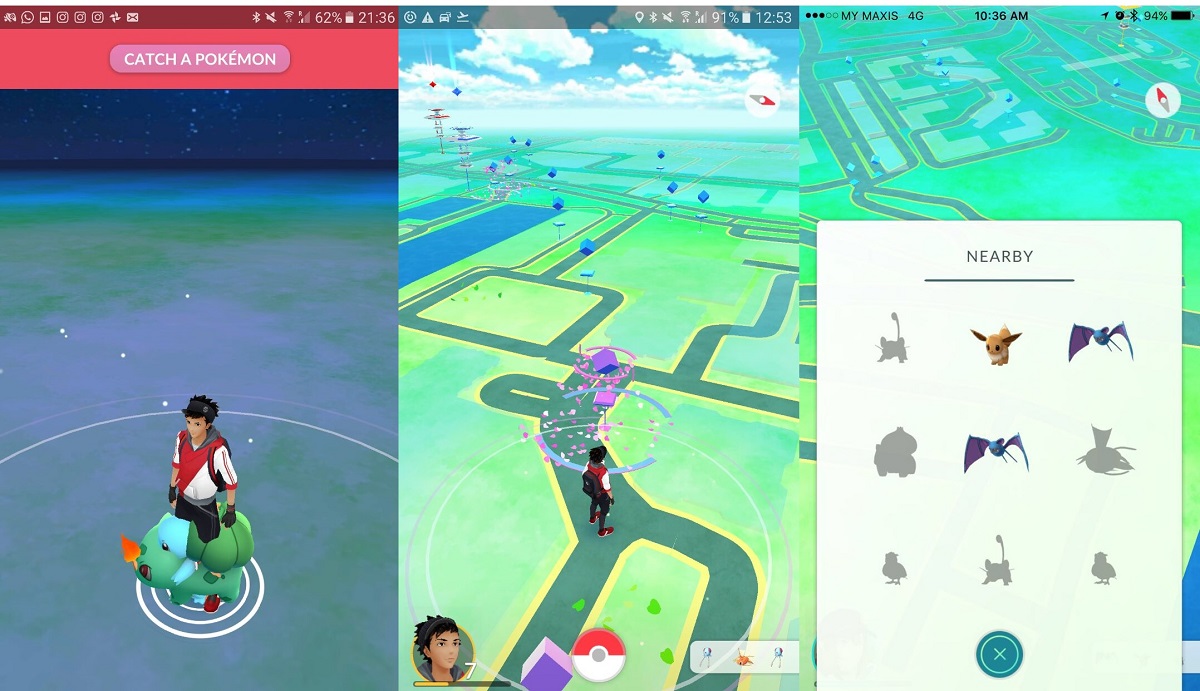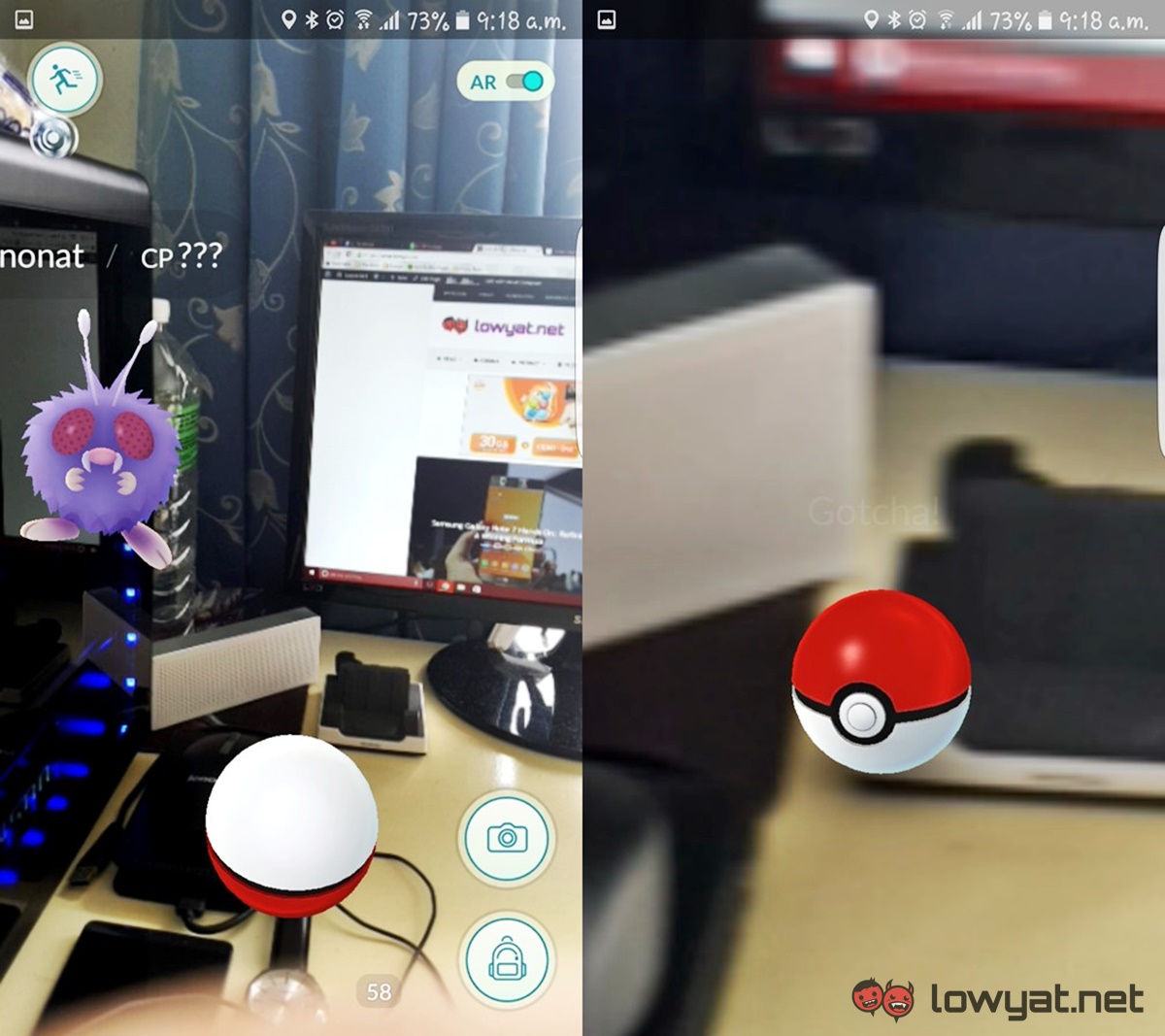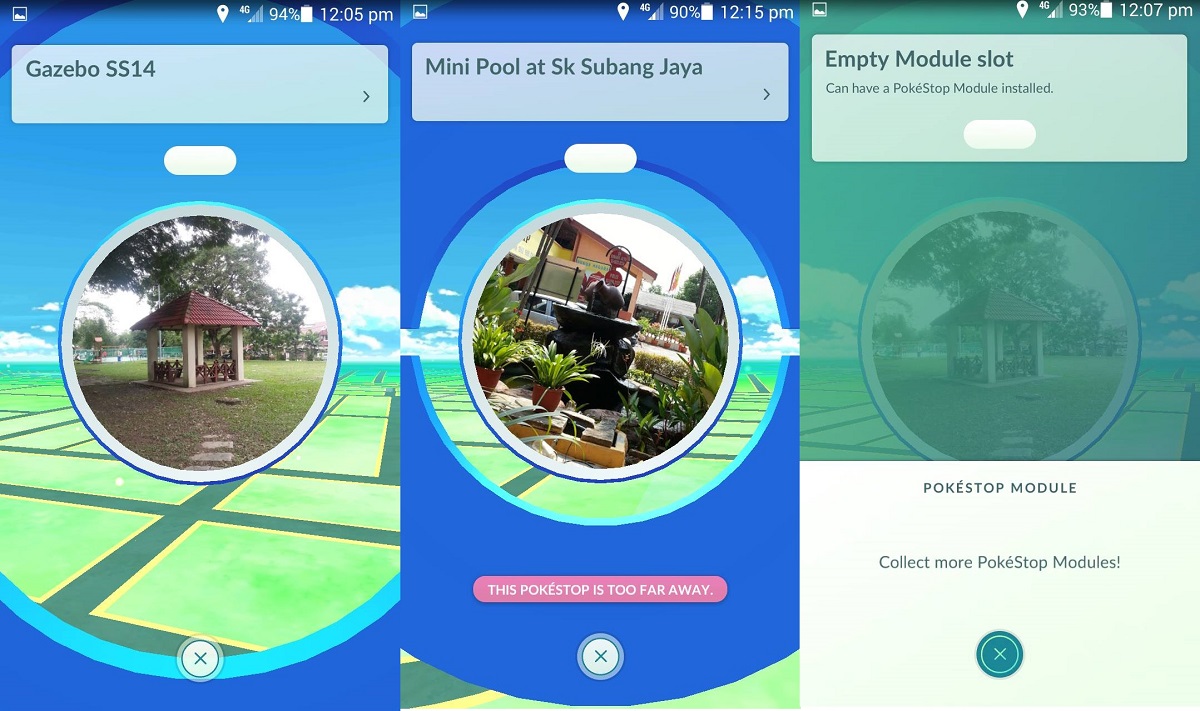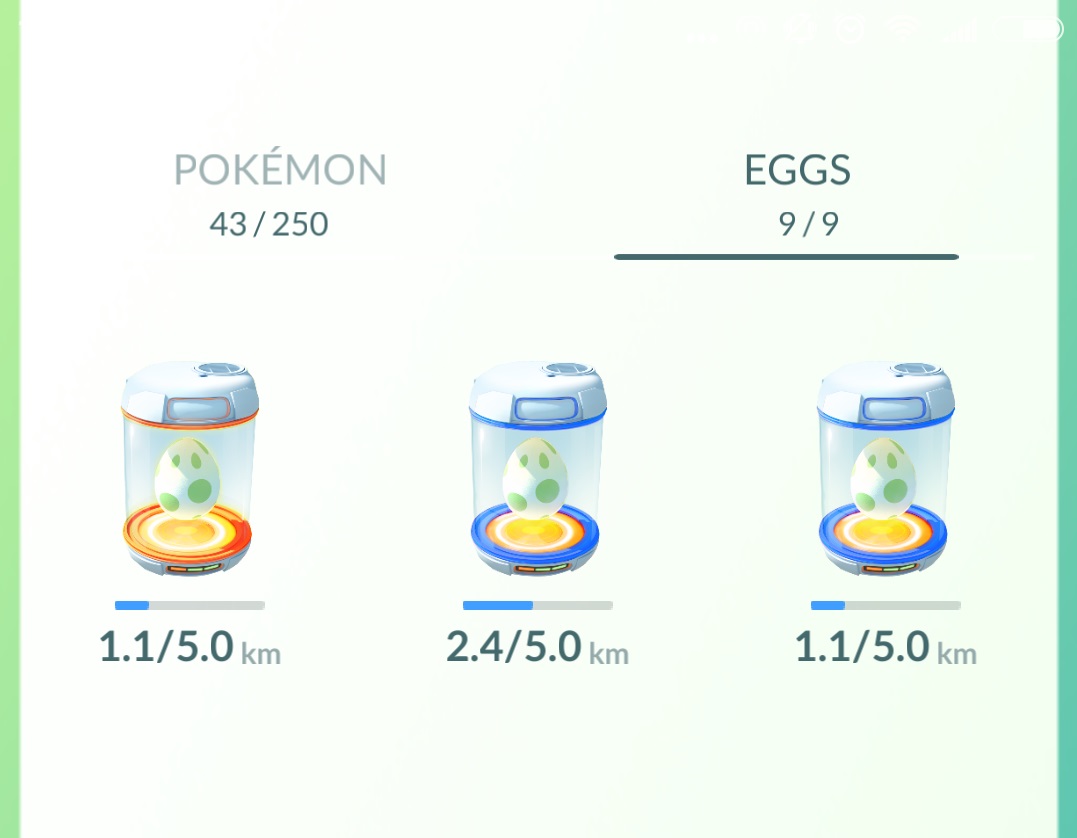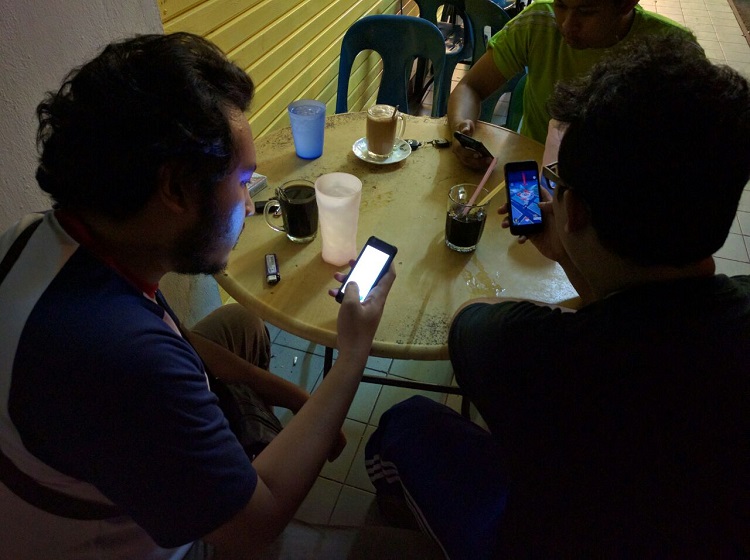The renaissance is complete. After years of being criticised for a lack of trying, Samsung has finally hit the soaring highs it once enjoyed as the world’s leading smartphone brand.
Perhaps it is symbolic that the renaissance is capped by the launch of the new Galaxy Note 7, the latest in the phablet series that spectacularly defied all odds and literally shaped consumer preference for large-screen smartphones.
Let’s start with the obvious: the Galaxy Note 7 is yet another refinement from previous models that started with the Galaxy S6. Each iteration brought something new to the table, while improving several key design areas.
For the Note 7, the first thing that’s immediately noticeable is the introduction of a dual-curved display. Unlike the slope on the S7 edge, however, the curves on the Note 7 are more…acute; this isn’t a bad thing, as it gives more grip on the sides.
Picking it up, you’ll find the second thing about the Note 7: symmetry. Samsung is proud of the fact that the phone’s shape is almost 100% symmetrical between the front and back. From a design perspective, it’s stunning – even if the speaker holes and USB C port at the bottom aren’t 100% in the middle.
This symmetry isn’t just for good looks, either. The rounded sides are comfortable, and thanks to the curved screen, the phone is also narrower and easier to hold with one hand.
I use a Galaxy Note 5 as my daily driver, and as much as I enjoy using that phone, the difference in ergonomics is one I couldn’t un-experience after holding the Note 7 after a minute or so. It wasn’t that the Note 5 was uncomfortable to hold, it’s just that the Note 7 was more comfortable.
This cleanness extends into the software. The camera app, one of the most frequently used apps for smartphone users, has seen its UI tweaked – for the better, thankfully. Gesture support finally makes it into Samsung’s camera app: vertical swipes switch between front and back cameras, while side swipes to the left and right reveal camera modes and live filters, respectively.
Again, these changes are subtle, but they make a world of difference in terms of intuitiveness, and the overall finish of the UX. There are less buttons covering the frame, and gesture controls make it easier and faster to tweak what you want.
As for TouchWiz, it has again been enhanced to look and feel better than ever before. I know of people who don’t use Samsung phones because of the TouchWiz, but these are the same people who stopped using them before the introduction of the Galaxy S6, a point when Samsung drastically improved the software’s UI.
And that’s a bit sad, because the new TouchWiz is a far cry from previous years.
There are new icons sets for a sleeker look, while menus and settings have a clean white background that enhances these new icons. The drop-down menu deserves special mention of just how useful it can be. On stock Android, you can either toggle a setting on or off; on the new TouchWiz, you can tap on the setting’s name and find an expanded settings menu that lets you edit the setting further.
For example, tapping on the Power Saving icon will enable Power Saving mode on the highest level (resolution turns down to HD, in and outbound data is limited to intervals, and brightness set to 0%). Tapping on the Power Saving name will allow you to choose between Mid or Max level.
And then there’s the iris scanner. Samsung apparently spent five years in R&D to develop its own algorithm to create a digital signature for individual irises, which powers the scanner on the Note 7. The iris scanner is meant to complement the other biometric authentication option – the fingerprint scanner – though Samsung says this option is more secure.
At the experience zone I managed to try out the iris scanner on the Note 7. There will be a dedicated article to show how it works, but from my experience it is generally fast and responsive, unlocking the phone moments after you align your eyes to the heads-up display at the upper portion of the display.
However, I’m still not entirely convinced this will be as widely adopted as the fingerprint scanner. For one, the process is longer: you’ll need to turn on the screen (either via power or Home button), swipe the screen to activate the iris scanner, align your face so that the iris scanner can find your eyes, and then it’ll unlock. This is longer than the one-step unlock on fingerprint scanners, where you just press the home button.
What does excite me are specific new features on the S Pen. I use Smart Select very often to share photos without having to download them, and so it was only natural that people like myself are very excited about the S Pen’s ability to created animated GIFs from virtually anything on the screen.
Via Smart Select, you can create an animated GIF by setting a frame size anywhere on the screen, and press record. Any motion within that frame will be recorded and converted into a GIF. You can even draw on this GIF before saving it, in case you want to add a meme caption.
On a more practical level, Magnify and Translate are useful situational features for the new S Pen. As their names suggest, Magnify allows you to magnify a certain portion of the display by up to 300% just by hovering the S Pen over the screen.
Translate, powered by Google, lets you translate one word at a time across 71 languages. Samsung confirms that this feature will be improved in the future – likely to allow translation of whole sentences, since no sentence can be correctly deciphered if you translated it word by word.
It is hard not to be impressed by the Galaxy Note 7. There are meaningful enhancements both on the inside and out, improving key areas such as water and dust resistance, ergonomics, and software UX. The hardware, which is highly similar to the S7 edge, promises to deliver similarly high levels of performance.
The switch to a USB Type C port is inevitable, but what impressed me more was in the manner Samsung is making that switch more palatable. Each Galaxy Note 7 retail box contains a USB Type C to micro USB adapter, letting users of older Galaxy devices some backwards compatibility – this is very apparent on the new Gear VR, which has a USB Type C port.
Of course, there is a potential stumbling block with the Note 7: price. At RM3,199, this is a cool RM500 higher than its predecessor. Though many will agree that the enhancements somewhat justify the price tag, it may also deter those on the fence.
Nevertheless, we’ll be spending some quality time with the Note 7 very soon, as we prepare our review ahead of its local launch in the coming weeks. Stay tuned for the full review.

